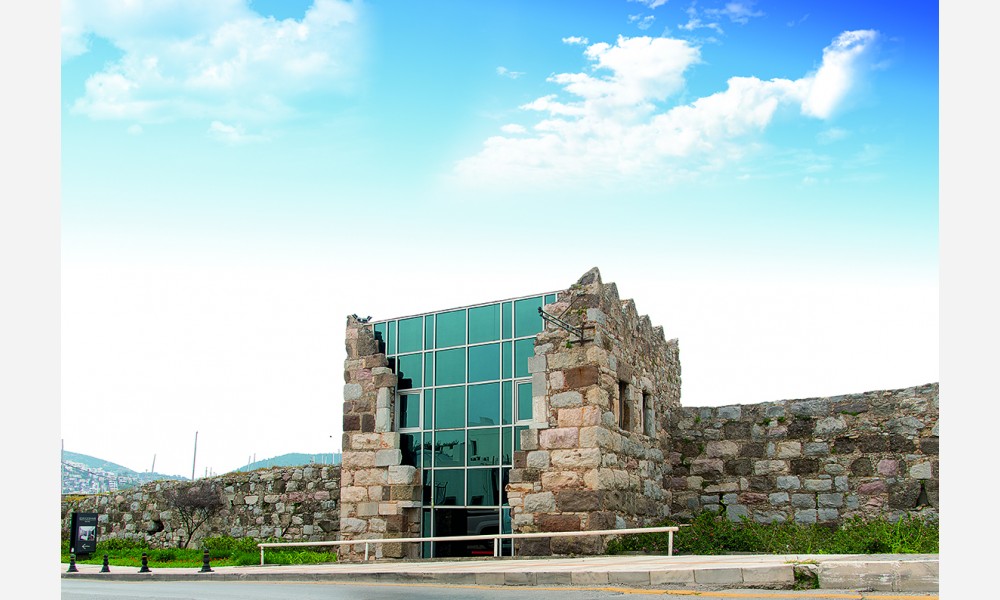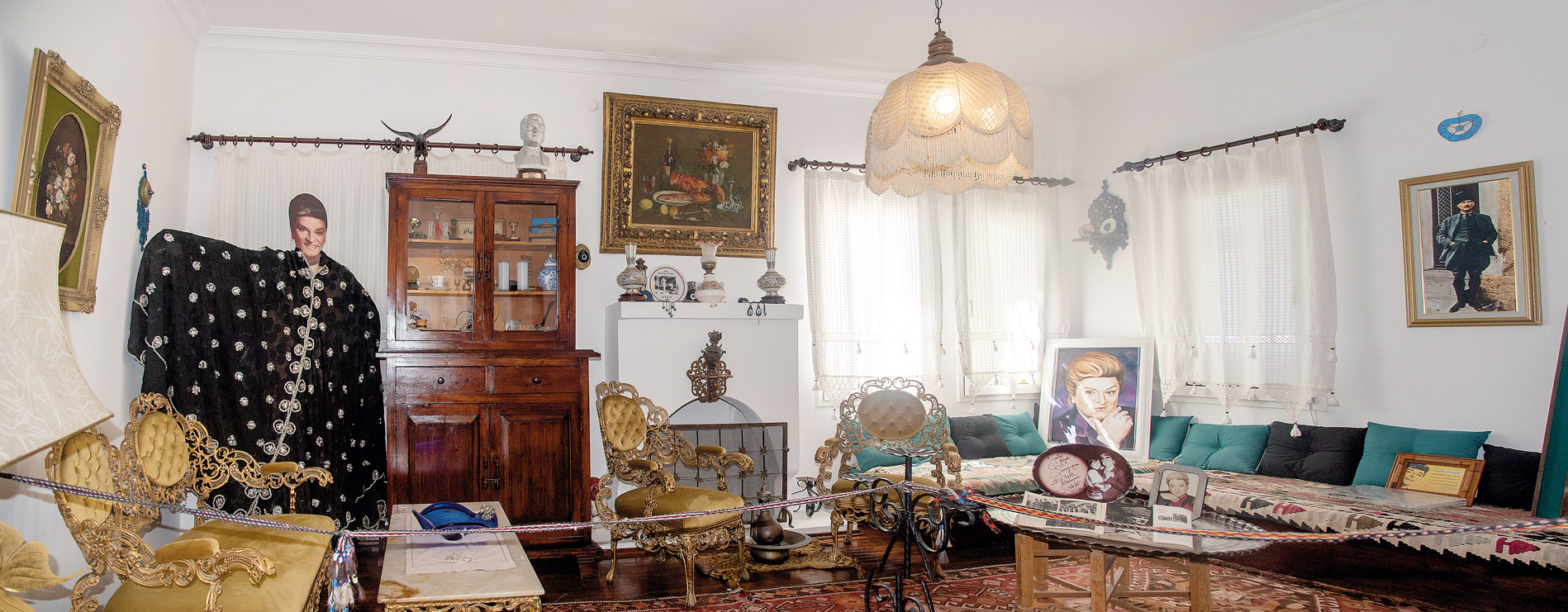The Ottoman Boatyard

The silent witness of the history of maritime… The Ottoman Boatyard…
With its blue endless beauty as if it dominates this land. The origin of seafaring in Bodrum dates back to ancient times. Bodrum has grown three great admirals, two women and one man, throughout history. Artemisia I, the hero of the naval Battle of Salamis; Artemisia II, who defeated the Rhodians, and the famous Ottoman Admiral Turgut Reis (Dragut) who spread fear against his rivals in the Mediterranean...
The Ottoman Boatyard is one of the most important pages of Bodrum's maritime and boat building history in the modern period. Bodrum Boatyard became famous due to the importance of shipbuilding in Ottoman times and it enriched today's vast maritime heritage with its fame of robust galleons built. The boatyard contributed to the Ottoman navy with the galleons it built and worked to protect the power of the Ottoman in the seas in the XVIII and XIX centuries. It was a centre where both the new galleons were constructed and the damaged ones repaired.
Ottoman Boatyard is located by the road in the western part of Bodrum Marina. The Ottoman Boatyard Tower built at the entrance of the boatyard against the pirate attacks serves as the “Ottoman Boatyard Art Gallery”, where art exhibitions take place today; therefore it keeps remaining in the history.
The oldest piece of information about this particular boatyard comes from the pious foundation charter set up for Kizilhisarli Mustafa Pasha dated to 1727. As seen in the documents, the Chief Commander of the Ottoman Navy Cafer Pasha had a galleon built at the boatyard in Bodrum in 1771.
Kızılhisarlı Mustafa Pasha, who had been an important figure in XVIII in the Maritime History of Turkey, and his son the Chief Commander of the Ottoman Navy Cafer Pasha are in the tomb overlooking the sea at the top of the boatyard. The tomb was built around 1727.
Apart from the services such as pirate tracking, shipbuilding, etc., the Governor of Rhodes, Kizilhisarli Mustafa Pasha, had mosques and schools built in Bodrum and Cafer Pasha, as stated in the Ottoman documents, was a captain knowing the Mediterranean Sea thoroughly. He worked as the Chief Commander of the Ottoman Navy in 1770. His last assignment was to be the governor of Rhodes.
The historically valuable grave was built after Mustafa Pasha was buried in his tomb. The oldest tombstone from 1751 in the grave belongs to a woman.
The information obtained from the tombstones and the care taken in stone processing shows that this is a cemetery of the elite.
In order to improve the Maritime History and the Culture of Maritime Living, the necessary initiatives have been carrying out through the museum sponsor BODTO to operate this historic fabric within the Bodrum Maritime Museum.













